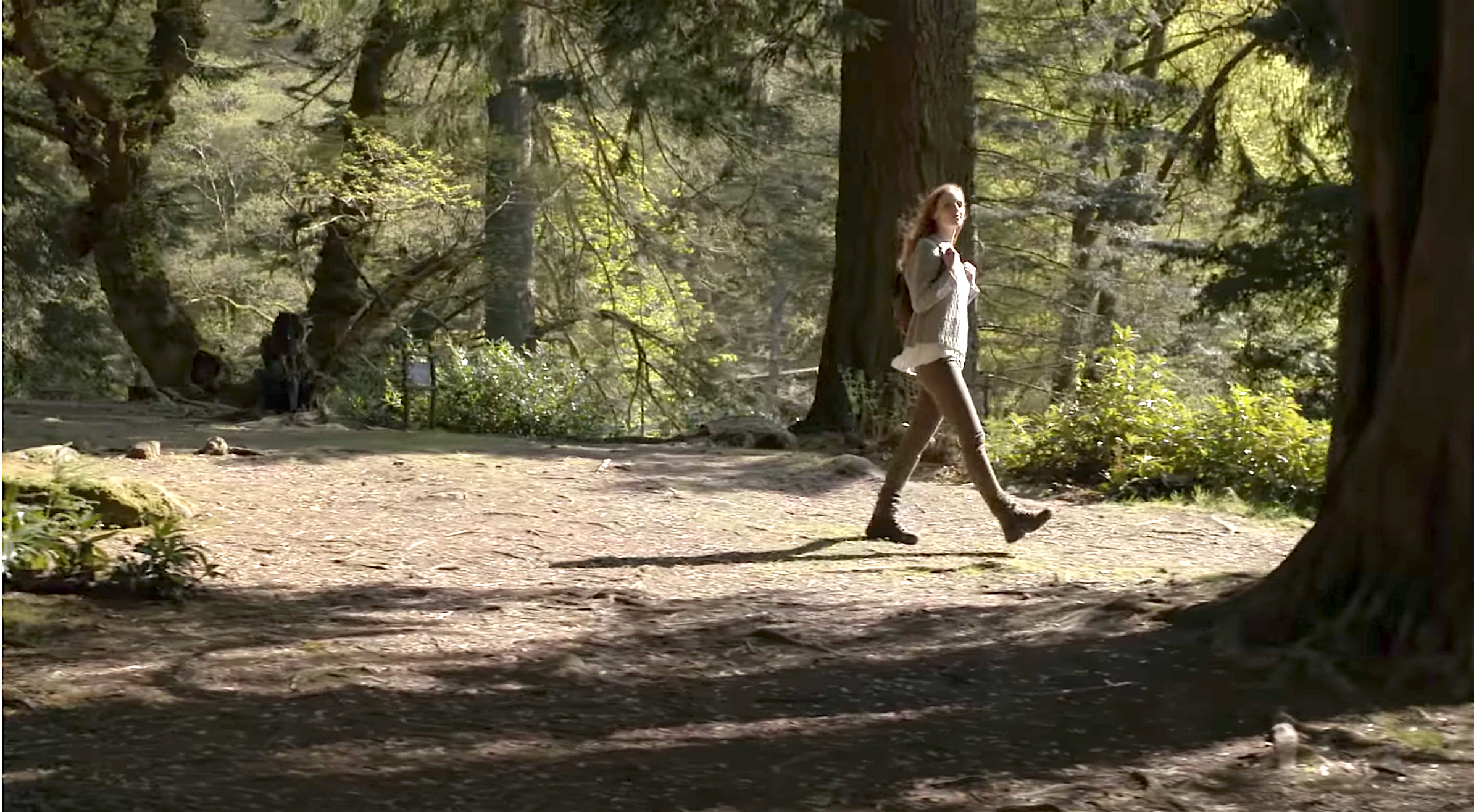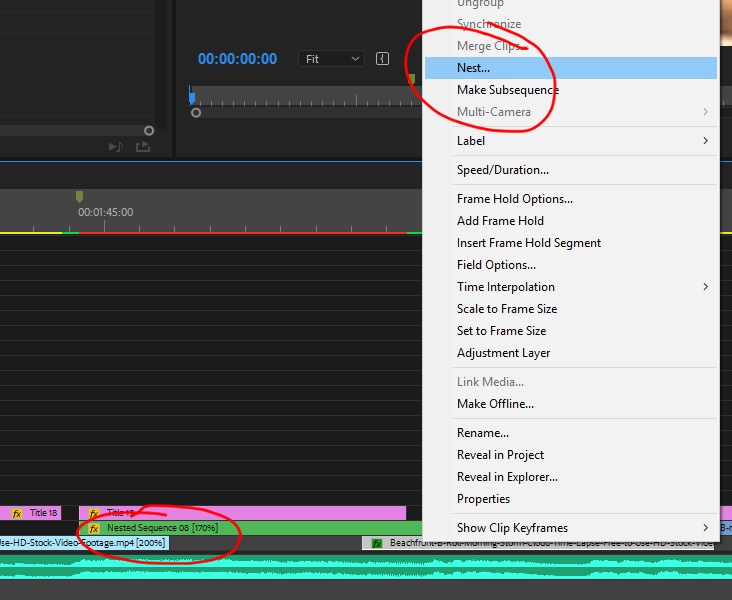


Again, if there are not enough areas to track, Warp Stabilizer chooses the previous type (Position, Scale, Rotation).

Perspective: This type of stabilization corner-pins the entire frame.If there are not enough areas to track, Warp Stabilizer reverts to “Position”, the previous type. Position, Scale, and Rotation: Stabilization is based on position, scale, and rotation of the image.Position: Stabilization is based on position data alone.To understand how and why this “trippiness” occurs, we’ll first break down the different methods warp stabilizer uses. In order to do that, we need to understand what is really going on with our footage with the Warp Stabilizer applied. Thus, the clip sometimes has a “breathing” effect, as if parts of the image are zooming in and out while others remain constant.īy changing the settings manually, you can mitigate this weird effect. The Subspace setting, which is on by default, is attempting to move the image’s pixels in a pseudo-3D space. Premiere is trying to track and move the pixels of the image to make it “stable”. Part of the slipperiness of the image is actually the success of the algorithm in smoothing the footage. Upon applying the Warp Stabilizer, previously stable clips undulate with a psychedelic trippiness which can only be compared to “that one time at band camp”.Įither way, corners slide, faces become stretched-the whole scene might be barely recognizable. Frankly, it’s an editor’s dream: drop it on to your clip, and it’s practically done.īut once in a while, this doesn’t work automatically. The plugin, when used, succeeds at stabilizing most clips without any adjustment, rendering quickly and smoothly. Premiere Pro’s Warp Stabilizer has truly revolutionized post-production stabilization, especially in its simplicity and speed Unless you have the state-of-the-art chicken-based stabilization solution. Yet, with it running constantly through my head, uneven terrain and any number of small obstacles can make good form and the right camera tool not quite enough.įor example, when trekking through the forest.īe it MoVI, handheld, slider, or even monopod: sometimes you just need the helping hand of modern day post-production to make a rock-solid shot rock-solid steady. More like we bobbled, uncomfortably.īut the “roll step” saying stuck with me, and to this day it works as a rule of thumb any time I’m walking with a camera, even with a MoVi. It was our band director’s hope that we, as a bunch of awkward saxophone- and tuba-wielding 13 year-olds-in a costume that looked something like a bad rendition of the British uniform from the War of 1812 with a 3-foot tall faux-fur white hat (oh, I hope all pictures have been destroyed)-would glide past the audience come parade time. This mantra is basically a set of instructions to the “roll step”, which was paramount to marching band. High school marching band armed me with one mantra: heal toe, heal toe, heal toe, heal toe, roll your foot. In 9th grade, I was a music kid and played in everything from pit orchestra to pep band.


 0 kommentar(er)
0 kommentar(er)
